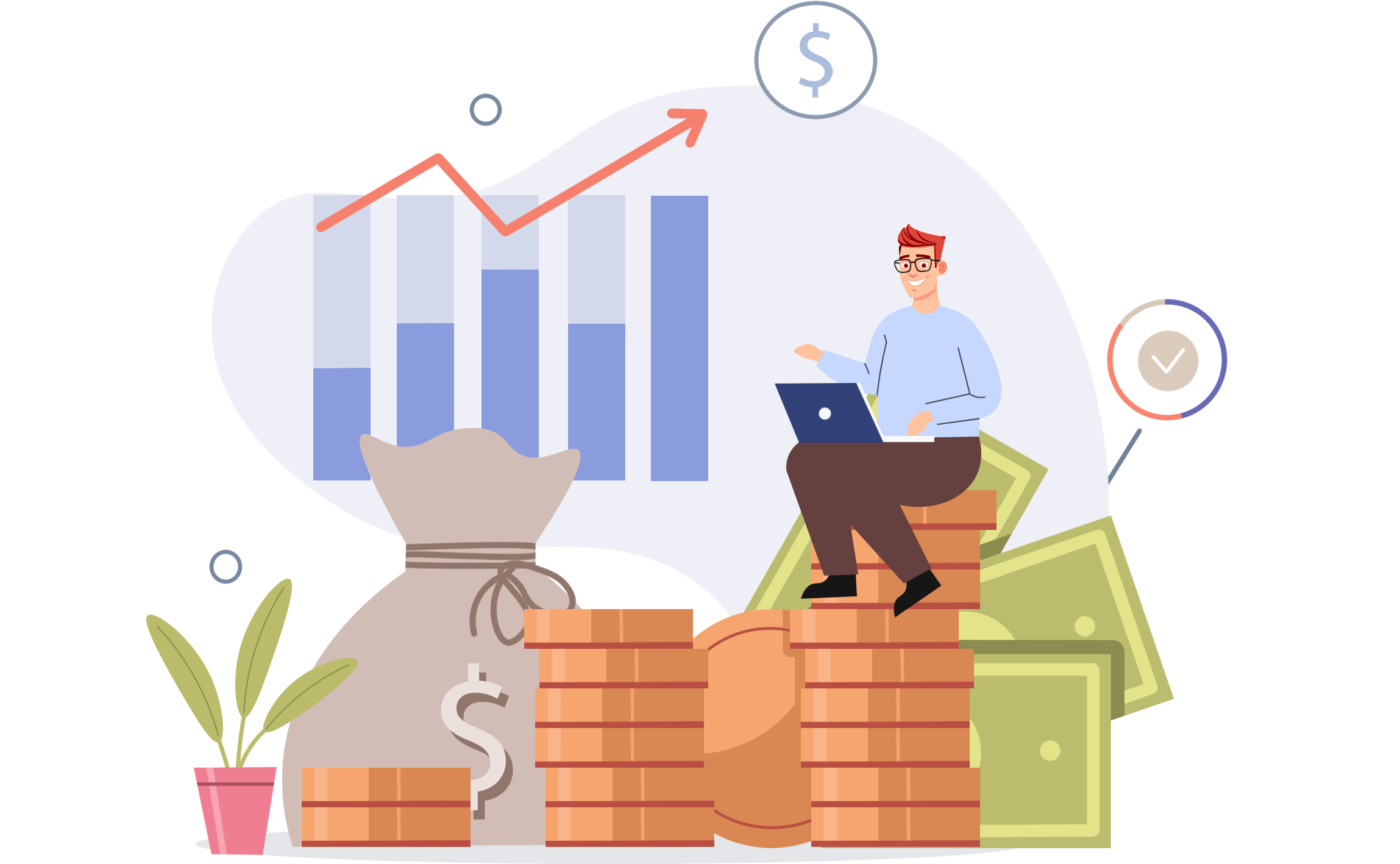Let’s start it with a little story: There were two little boys and they got two little toys but each of them has a wooden horse, except these horses are very different. Bruce's horse has got a rocker on it whereas Jim's horse has got these whizzy wheels which the musician goes zooming up and down hills. Unfortunately, Jim doesn't like zooming up and down, in fact, he doesn't like risk at all. He'd much rather just sit there on his horse and do nothing.
This drives Bruce crazy because he really wants to take the risks that come with having a horse for the wheels on it, so he says, “let's do a swap”. This swap he's taken on the risk and Jim has swapped risk for the predictability. The risk of this whizzy ride for the predictability of the ride on the rocking horse and it's this exchange of risk for the predictability that is at the heart of all swaps in the financial system.
How does that work in the business world?

Let's skip forward 20 years. Jim now owns the local store and Bruce has become an investment banker. Now, Jim takes out a loan at LIBOR plus 3% which is fine except for the fact that LIBOR is a floating rate. It goes up and down which means that you never really know how much interest you're going to be paying every month. One month it might be $2,400, next month it might be $1,900, next month it's $2,000, and this drives Jim crazy. Firstly, because he hates risk and he has no idea how high this interest rate could go, but secondly because he loves predictability.
He wants to be able to budget properly so he goes to his friend and he says: Bruce can you help me with this loan? and Bruce says: I tell you what, why don't we do like what we did when we were kids and swap? What we're going to do is we're going to swap your floating variable rate for a fixed rate of $2,000, and you Jim are going to pay me $2,000.
Bruce says he's not gonna take on the risk of paying this LIBOR plus a 3% loan which could be, who knows what every month. This exchange of risk for predictability is the heart of insurance, the heart of credit default swaps, and all sorts of areas of business that use a swap transaction. You can see how it can really work for Bruce because he's getting $2,000 a month from Jim, but if the interest rate that he has to pay the bank is less than $2,000, he gets to pocket the difference.
You do that often enough, and you're making some serious money. However, it could work the other way, taking on a big risk the way that he took on a big risk when he swapped with Jim back in the day. When he took his horse, right the fact is that this interest rate could be much more than $2,000 a month in which case Bruce then has to make up the difference and pay the bank. If he does that often enough, he's gonna be losing serious money that's gonna leave him very badly.
Key Takeaways:
1. Swaps involve exchanging risk for predictability.
2. In the commercial world, swaps are utilized to convert a volatile floating rate to a fixed rate.
3. Swaps are used in a variety of applications, including insurance and credit default swaps.
4. Swaps can be profitable if the interest rate is lower than the fixed rate, but they can also be expensive if the interest rate is higher.



